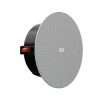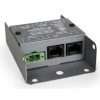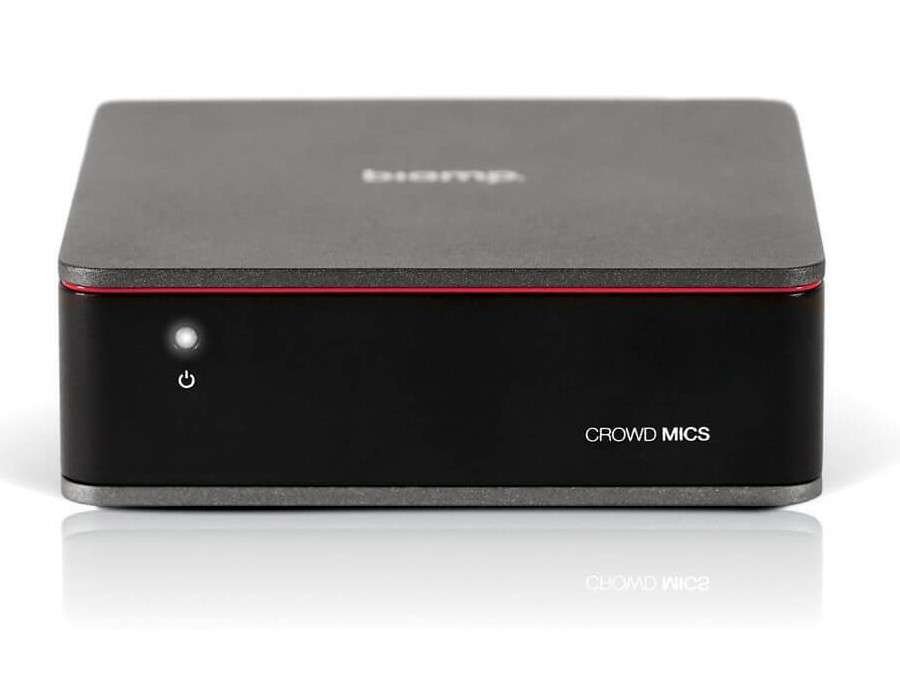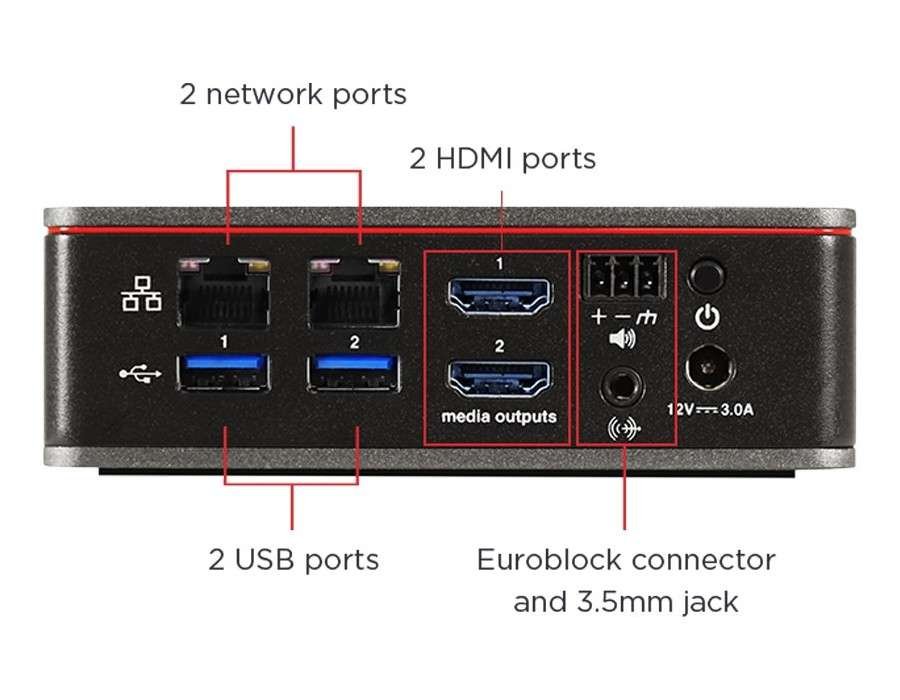Biamp ATOM
Biamp ATOM
The ATOM is equipped to integrate with virtually any type of audio/video infrastructure, and will work seamlessly with an existing Tesira system. It offers numerous A/V connections to allow for ease of deployment in a variety of venues. The following sections will point out in detail how to connect the ATOM to the venue A/V system. Video connections must be made using standard HDMI cable. Audio may be connected with RCA plugs, 1/8″ stereo jack, Phoenix connector and HDMI. Multiple audio connections may be made from any/all audio outputs simultaneously.
Equipped with a professional-grade, balanced audio output, the ATOM can be interfaced with various installed audio systems. The connection occurs through a 2.5mm pitch, 3-Pin Euroblock connector. Mixing consoles or other pro-audio devices equipped with analog XLR inputs, will require a 3-Pin Euroblock connector to XLR (male) adaptor. For more information on the connector’s pinout, or how to connect with an unbalanced line input, please see our reference guide on audio output connections.
The balanced audio output signal can reach a maximum level of +12dBu at full scale. Although these levels are only expected during very loud signal peaks, it is still recommended to set up the input stage accordingly and avoid potential clipping. Professional audio hardware, such as Biamp Audio DSPs provide a headroom of +24dBu before the input stage is expected to start clipping. In order to make use of the entire dynamic range throughout the signal chain, it is therefore recommended to add +12dB of gain to the analog input channel when interfacing the ATOM with Tesira.
BENEFITS FOR ATTENDEES
• Three ways to participate
• No waiting for a microphone
• Intuitive user interface
• Get involved without talking
• Easy-to-use polling
BENEFITS FOR MODERATORS
• Streamlines audience interactions
• Choose who speaks next
• Deactivate attendee mics
• Create polls and publish results
• Measure audience engagement
ARCHITECTS & ENGINEERS SPECIFICATION
The audience engagement solution shall be comprised of a host device and two mobile applications. The first mobile application shall support event attendee functionality, including but not limited to: requesting the opportunity to talk, participating in polls conducted by the event moderator, sending text messages to the moderator, and using the built-in microphone to talk once given the opportunity by the moderator. The second mobile application shall support event moderator functionality, including but not limited to: reviewing attendees who have requested to talk, selecting an attendee to talk, creating and distributing polls, deactivating attendee microphones, and sharing poll and/or event data to an external video output. Both the attendee and moderator applications shall be supported on Apple® devices running iOS® v9.0 or newer. The attendee application shall also be supported on Android
devices running v10.0 or newer. The moderator interface shall also be supported and accessible via modern web browsers. The attendee and moderator applications and the moderator web interface shall be localized in over 20 languages. The host device shall utilize an Ethernet network via RJ-45 connector for interfacing with attendee and moderator applications, as well as for control monitoring. The host device shall be equipped with two High-Definition Multimedia Interface (HDMI®) ports, balanced analog audio outputs, and two USB 3.0 type A ports. The host device shall be CE marked, UL listed and shall be compliant with the RoHS directive.The host device warranty shall be five years. The audience engagement solution shall be Crowd Mics™.
The following section will provide tips and instructions on setting up the audio signal path from Crowd Mics into a venue’s PA system. General advice for a successful audio setup:
- Ensure there is enough time to prepare and test the audio system during the event setup. Working with consumer-grade endpoint devices can lead to different results, even when operated at the same site, with the same configuration. The variety of smartphones available on the market, may result in unpredictable audio levels – some talkers might be perceived louder, while others could require additional gain in order to reach sufficient operating levels.
- In order to provide a reference audio output level, the ATOM can play back different test signals, such as sine wave and different noise signals, via the Audio Controls configuration page.
Important note:The sine wave test signal is a 440Hz tone at full scale. On a Tesira USB input, an input RMS level of 23dBu is expected at 100% volume setting. The pink noise test signal ranges about +10dBu.
- Large venues with an extended distance to the stage, often use delay speakers to equally cover the entire area front-to-back. Additional delay applied by the DSP to the overhead speakers or sidefills, allows their sound to blend into the FOH speakers. While this is a desired effect for a presenter (sound source) located at the front, it can be counter-productive, if the talker is located in the audience. If the audio system allows, bypass any additional speaker delays for only the Crowd Mics audio feed and observe if this setting does increase intelligibility for audience questions.
Más productos Biamp
| Color | Black, White |
|---|















